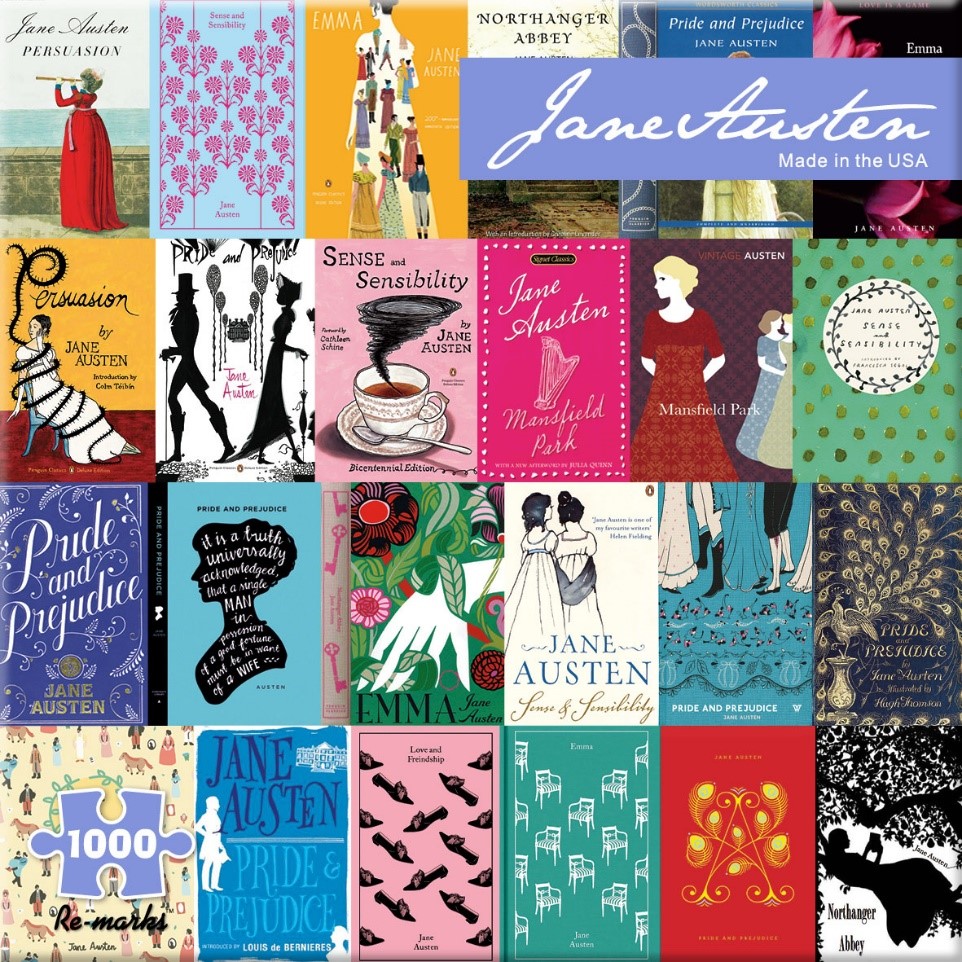I was interested to read in the paper that sales of jigsaw puzzles have taken off during this time of self-isolation. Did you know that the name is a misnomer? No jigsaw is actually used to cut the individual pieces. A London cartographer and engraver named John Spilsbury is credited with creating the first jigsaw around the year 1760 (he used a marquetry saw). Early jigsaws were maps on thin sheets of wood, and they were used to teach children their geography. The name ‘jigsaw’ was only first used about 1880.
The popularity of jigsaws soared during the Great Depression – they were cheap and could be used again and again. So, what we are seeing now is not a new phenomenon. It was during the Depression that jigsaws were created that could appeal more to adults. Today a huge variety of jigsaws are available, from 3D, no picture at all, panorama puzzles and even online jigsaws. If you have a seriously large amount of time on your hands, you could try the world’s largest jigsaw (produced by a Czech company) which depicts lots of animals and has 52,110 pieces.
I love doing jigsaws, and you won’t be surprised to hear that my favourites are literary in theme. I have three Jane Austen ones (with illustrations and quotes), there are many available depicting scenes from the life of Dickens and his characters, many Shakespeare puzzles, and I’ve completed a Lady of Shalott one with the glorious Waterhouse painting. Amazon sells a ‘Famous Writers’ one which greatly tempts me, and also spotted on the web are these others: Mark Twain’s Hannibal, Wordsworth’s Rydal Mount, one featuring literary heroines, several featuring bookshops, and one depicting vintage book covers.
So … if you need some literary therapy in the form of a puzzle, you might like to consider some of my suggestions. As you try and place all the pieces, ponder this quote by Sigmund Freud: “Even if all parts of a problem seem to fit together like the pieces of a jigsaw puzzle, one has to remember that the probable need not necessarily be the truth and the truth not always probable.”
Do you have any literary jigsaw puzzles in your collection? Or have you completed a special one you’d like to share with me? Please let me know in a comment.
Comments are moderated, and will not appear until approved.
[DISPLAY_ULTIMATE_PLUS]


Catherine M.
Hi Susannah. Just came upon your site, so good. In lockdown I’ve completed 10 jigsaws, all 1000 pieces. I’m looking forward to starting #11 soon. Must say, I hate breaking them up when complete but space is an issue. May not break up my favourite Puffins jigsaw.
Happy Australia Day…
Susannah Fullerton
Happy Australia Day to you too. I am so glad you like my site. Do consider subscribing to my free literary enwsletter which comes out once a month – Notes from a Book Addict.
I adore doing jigsaws – so therapeutic! You have done well completing ten of them. I recently finished a lovely one of a Van Gogh painting.
Lois Williams
Another advantage of introducing jigsaw puzzles to the young is that they are a valuable skill in promoting non-verbal reasoning.
Susannah Fullerton
Yes, they teach many valuable lessons.
Donna Fletcher Crow
Fascinating–that’s how I learned my geography of the United States–with a puzzle of each state as a piece–complete with capital city marked and major products pictured. I had no idea that was how puzzles started out. I can testify that it works, though.
Dawn
The World of Shakespeare by Adam Simpson, The Orion publishing group.
This is my current 1000 piece challenge. I see folks on and around the Thames, the Globe theater, Prospero in his ship, gravediggers, Elizabeth 1 on her barge,lute players, a famous balcony, maypoles, and a Donkey man!
The words and plots weave through my mind as I piece this fantastical World together.
Susannah Fullerton
I love those ‘World of …’ jigsaws and have done several of them, including the Shakespeare one. Lots of fun and a nice relaxing literary experience.
Lynn Clayton
https://www.sl.nsw.gov.au/research-and-collections/research-and-engagement/online-jigsaw-puzzles
The State Library has provided some jigsaw puzzles made from pictures in their collection. They are gorgeous, and well set out, plus something fun happens when you complete a puzzle.
Susannah Fullerton
I look forward to their shop opening up again so I can go and look. Thanks for the suggestion, Lyn.
Lynn Clayton
That will be great to be able to go to such places again, but these puzzles are ones you do on-line! They don’t have many pieces, but are very colourful and something to do on a break when on the comuter.
Susannah Fullerton
OH, thanks for explaining.
Miland Joshi
This reminds me of an interest I’ve had in a Chinese jigsaw puzzle that was a craze in Europe 200 years ago: the Tangram, a square dissected into 7 pieces which can be used very creatively. I can recommend “The Tangram Book”, lavishly illustrated by Jerry Slocum. A Penguin book (which used to come with a black plastic tangram set) is by Joost Elffers. In his introduction he mentions the use of the Tangram in a mystery story, Robert Van Gulik’s The Chinese Nail Murders. I bought it years ago and it was in a corner of my bedroom cupboard for reading “some day”. Your post prompted me to dig it out!
Susannah Fullerton
Thanks for that info – I knew nothing about tangrams. The mystery story sounds intriguing too.